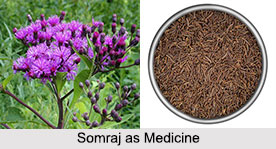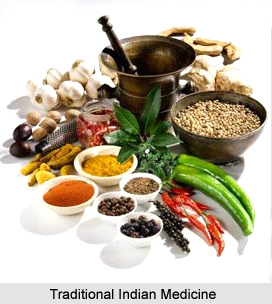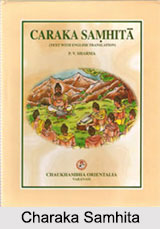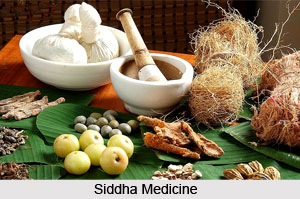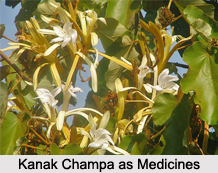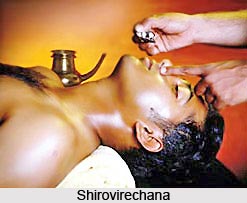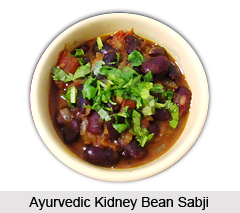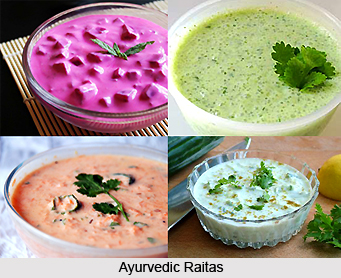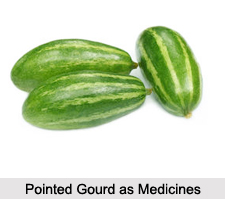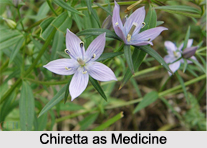 Chireta is used in Ayurveda, a form of traditional medicine that originated in India and has also been used in other traditional medicine systems, such as Unani and Siddha. The Ophelia Chirata is indigenous to the mountainous regions of Northern India from Shimla through Kumaon to the Morung district in South Eastern Nepal. Its Sanskrit name "Kiratatikta", means the bitter plant of the Kiratas, an outcast race of mountaineers in the north of India. It is also called "Anaryatikta" or the bitter plant of the Non-Aryans. The Bhavaprakasa mentions a variety of chireta, under the name of "Naipala", that is, produced in Nepal, and describes it as a febrifuge.
Chireta is used in Ayurveda, a form of traditional medicine that originated in India and has also been used in other traditional medicine systems, such as Unani and Siddha. The Ophelia Chirata is indigenous to the mountainous regions of Northern India from Shimla through Kumaon to the Morung district in South Eastern Nepal. Its Sanskrit name "Kiratatikta", means the bitter plant of the Kiratas, an outcast race of mountaineers in the north of India. It is also called "Anaryatikta" or the bitter plant of the Non-Aryans. The Bhavaprakasa mentions a variety of chireta, under the name of "Naipala", that is, produced in Nepal, and describes it as a febrifuge.
Health Benefits of Chireta
Chireta is regarded as tonic, febrifuge and laxative, and is used in fever, burning of the body, intestinal worms, skin diseases, etc. It is much used in fevers of all sorts in a variety of forms and in combination with other medicines of its class.
Dose of Chireta in Medicine
The following are a few illustrations. Take chireta, gulancha, raisins, emblic myrobalan and zedoary root, equal parts and prepare a decoction in the usual way. A compound powder called "Sudarsara Churna", is prepared by taking equal parts of 54 different substances and of chireta, equal to one-half the weight of all the other ingredients, and mixing them together. It is largely prescribed by native physicians in chronic febrile diseases.
Kiratadi Taila: Take chireta one seer, water 16 seers, boil together till reduced to 4 seers and strain. Boil this decoction of chireta, with 4 seers each of prepared mustard oil, Kanjika and whey, and 2 tolas each of the following substances in the form of a paste, namely, root of Sanseviera Zeylanica (murva ), lac, turmeric, wood of Berberis Asiatica (daruharidra), mahua, root of Citrullus Colocynthis (indravaruni), pachak root, root of Pavonia odorata (bala), of Vanda Roxburghii (rasna), Scindapsus officinalis (gajapippali), long pepper, black pepper, ginger, root of Stephania hernandifolia (patha), indrajava seeds, sonchal, vit, and rock salts, root of Justica Adhatoda (vasaka), Calotropis gigantea (arka), Ichnocarpus frutescens (shyamalata), Cedrus Deodara (devadaru) and the fruit of Trichosanthes palmata (mahakala). The oil thus prepared is rubbed on the body in chronic fever with emaciation and anaemia.
Related Articles
Ayurveda
History of Ayurveda
Origin of Ayurveda
Ayurveda Medication
Elements of Ayurveda
Concepts of Ayurveda
Ancient Literature of Ayurveda








